Many states have special hunting licenses for disabled veterans. Some states have hunting areas that honor veterans in name or in deed. But Adventurers and Scientists for Conservation gives veterans and conservation a whole new twist. While it’s not news (I could have sworn that I saw it on the front page of the NY Times, but I couldn’t find the article), it is appropriate for the day.
In 2012, Adventurers and Scientists lead three grizzly bear tracking weekends in Montana for veterans and their families.
Read the Sierra Club press release here.
See the Adventurers and Scientists own write-up here, which includes video.
This documentary producer worked with National Geographic to tell the story.
(And yes, we’ve covered Adventurers and Scientists before, here. They are still available to provide adventurers for your hard-to-collect data.)
Thank you to all our veterans, whether they served recently or long ago, in war or in peace.

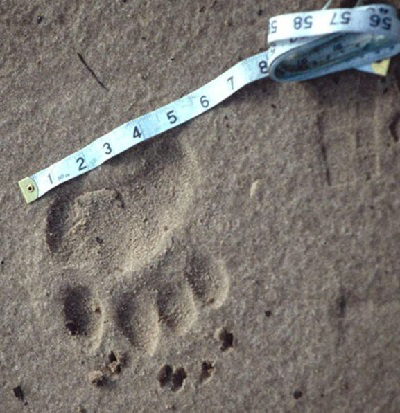 The Florida Fish and Wildlife Conservation Commission is asking citizens to report sightings of black bears or their tracks to a new mapping website. It is particularly interested in reports of females with cubs or of cubs alone,
The Florida Fish and Wildlife Conservation Commission is asking citizens to report sightings of black bears or their tracks to a new mapping website. It is particularly interested in reports of females with cubs or of cubs alone, 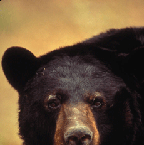 A black bear attack on a 12-year-old girl in Michigan made national news last week. However, a
A black bear attack on a 12-year-old girl in Michigan made national news last week. However, a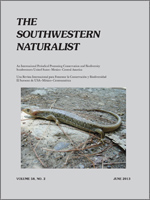 Here are some papers from the most recent issue of the
Here are some papers from the most recent issue of the 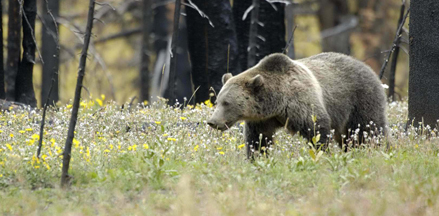 There’s lots of news about grizzly bears out there this month.
There’s lots of news about grizzly bears out there this month.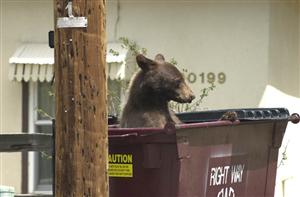 It may seem like there are more bears in Colorado because there seem to be more bear conflicts. Especially this week,
It may seem like there are more bears in Colorado because there seem to be more bear conflicts. Especially this week, 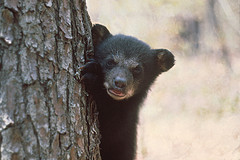 About 200 people watched as the Oklahoma Department of Wildlife Conservation released a young black bear. The bear had been found and tranquilized in a university campus neighborhood and was released in a wildlife area, reported
About 200 people watched as the Oklahoma Department of Wildlife Conservation released a young black bear. The bear had been found and tranquilized in a university campus neighborhood and was released in a wildlife area, reported 